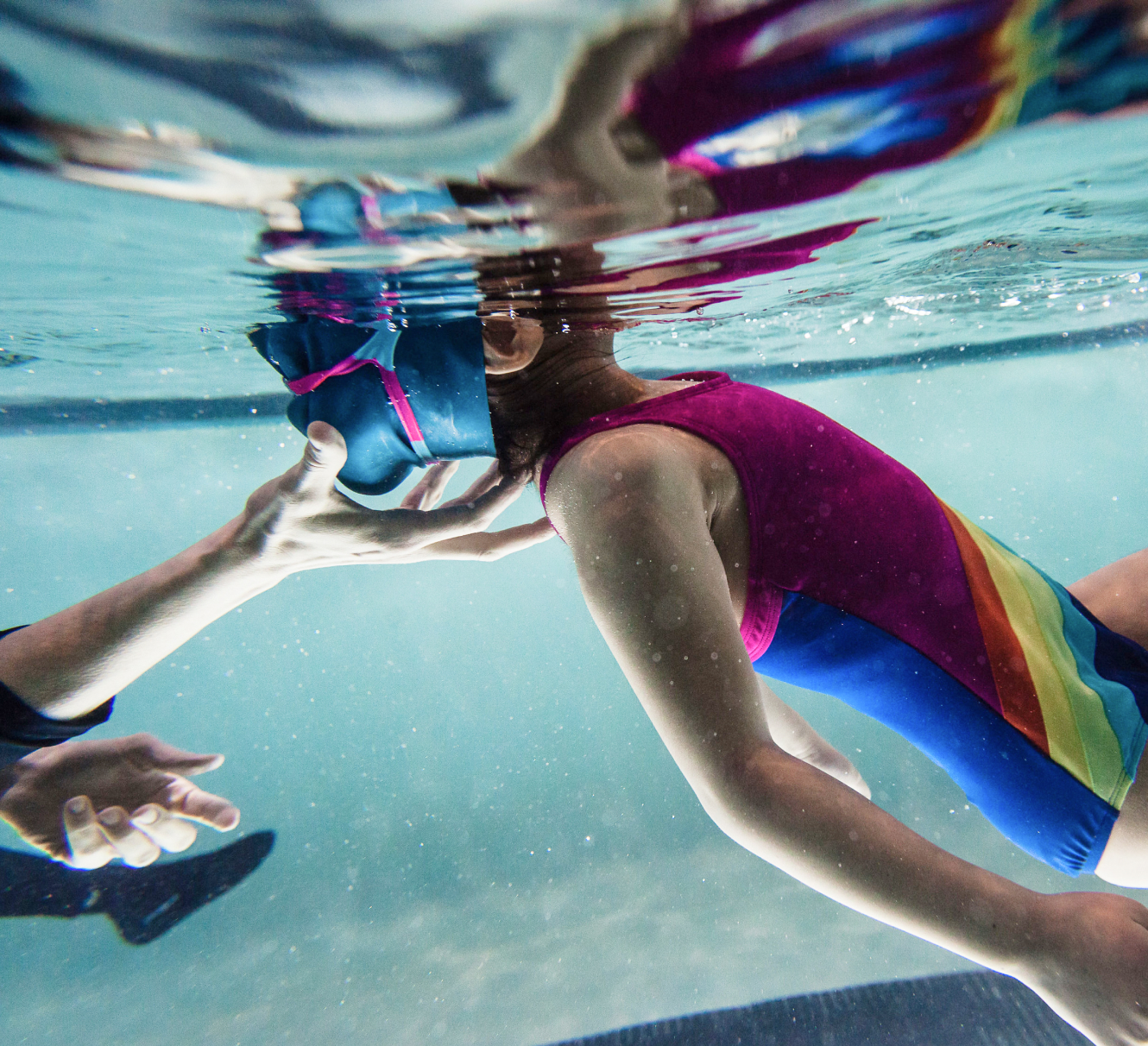Drowning is a silent killer; child drowning is a silent death, with no splashing to alert anyone that the child is in trouble. The CDC reports that most young children who drowned in pools were last seen in the home, had been out of sight less than five minutes, and were in the care of one or both parents at home.
While participation in formal swimming lessons can reduce the risk of drowning by 88 percent among children aged one to four years[1], it is important to keep these following other safety facts in mind.
Fence your pool.
The CDC recommends four-sided pool fences at least 4 feet high with self-closing, self-latching gates unreachable by children and that open outward. Pool fencing acts as a deterrent for inquisitive young children.
Shut your gate and all doors at all times.
Many drowning accidents have occurred because the pool gate has been left propped open or because the pool gate hardware hasn’t worked properly. Be sure that your pool gate and doors leading to the pool area have self-closing hinges. Check the latch regularly and fix it immediately if it is faulty. Finally, lock all doors to outside that are easy for a child to open, and consider putting alarms on all windows or doors leading to the pool.
Supervise.
Adults who are supervising children should remain alert, vigilant and never turn away or get distracted, not even for a moment. It is essential that you supervise young children at all times whether they are near the pool or other bodies of water. Young children are naturally curious and can easily overbalance and topple in, so supervision around water is an absolute necessity. Be sure to brief your nanny or babysitter on the importance of water supervision. Do NOT rely on floatation devices to supervise for you. If you have young children visiting, and you have a pool it is essential that one adult is put in charge as a lifesaver. This adult should never be consuming alcohol. The presence of older children, or several children, does not reduce the threat of drowning. Children very often don’t realize that another child is in trouble. Finally, for perspective, even the Olympic Games require lifeguards on deck during pool competitions.
When a child is missing, check the pool first. Seconds count in life-or-death situations.
Resuscitate.
It is a good idea for adults, especially those who are parents or who care for children, to learn basic first aid and CPR. Rescue measures can mean the difference between life and death, especially for families with residential pools.
According to USA Swimming, 97% of children’s drownings are associated with adults’ mistakes.
[1] Pediatrics & Adolescent Medicine, 2009.
